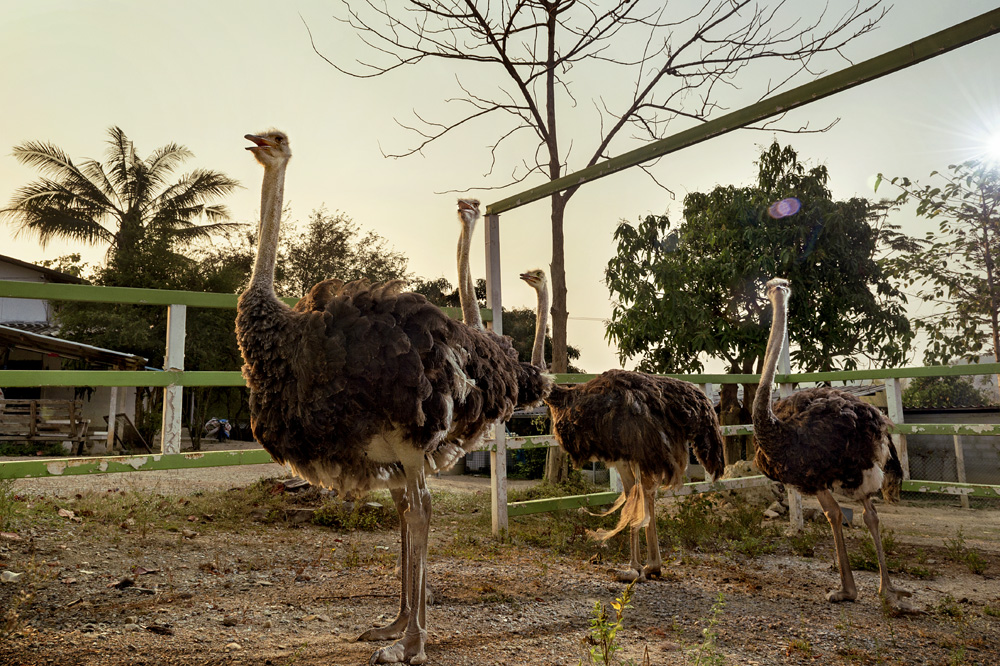The Price of Vanity

-
PhotographerPaolo Marchetti
-
PrizesGold in Editorial/Environmental, Bronze in Editorial/Photo Essay
Vanity it has always triggered a huge interest, especially in the arts, just think of painters such as Tiziano and Charles Allan Gilbert or Memling but also in sculpture and literature. Since Greek mythology is expressed by the figure of Narcissus, whose history, like that of Lucifer, Adam and Eve, accompanied the protagonists to the insidious aspect of vanity itself. Friedrich Nietzsche wrote that "vanity is the fear of appearing originalâ€, that is to say the futile pleasure of yourself is a way to put yourself in evidence to exorcise the terror of not to be. In a really different era and with the necessary cultural diversifications, Andy Warhol expressed very clearly this urgency. Through photography I want to create an unprecedented document capable to tell the price of vanity. We all know how work intensive farming, which uses industrial techniques to get the maximum amount of product at the lowest cost and using minimal space. At the same time we know much less how work the intesive farming regarding the huge business of animal skins destined to the worldwide high fashion market. I tell you the sacrifice hidden behind the ruthless values expressed by the high fashion, and its cultural trend dominated by remorseless standards of beauty. In this broad scenario, there is a long list of animal involved, whose are condemned to intensive farming for the production of clothes with furs, feathers or leather. Most of the intensive farming of furry animals are concentrated in the northern hemisphere in Europe, where at the first positions we find Denmark, Poland and Finland. Looking at east, China is the world leader in the manufacture. At the other side, Canada and the United States are the largest producers of furs but for what concerns the crocodile skins production, in South America we have strong competitors such as Brazil and Colombia. This phenomenon in accordance with law is perpetrating from decades, the extermination of animal species destined to the luxury market. We have to wonder if there is a need of new laws, or just a cultural awareness and an increased sense of belonging with our planet that can awaken us from sleepwalking in to failure and prevarication. This project is not against breeders but dedicated to all of us, the common citizens. We must know the history of what we buy and we have to stop exercising only our right of blind buyers. The images portrayed in this report were carried out in Thailand, breeding “Malai Farmâ€, north of Bangkok, and founded in 1999; it is among the largest five breeding farms in Thailand, with nearly 3,000 ostriches bred each year and is therefore one of the most important in this country. The main destinations of the skins produced here are Italy and Japan, but according to the volume of business encountered from breeding farm "Malai" is taking place a significant change in trend, according to which the demand for skins in Thailand is increasing so much, that his productions fail to satisfy it and then, that the exportation is becoming a parallel activity and no longer necessary. Thailand is undoubtedly one of the rapidly growing markets in Southeast Asia, and there is more and more frequency, the rise of factory farming of animals destined for the luxury.






